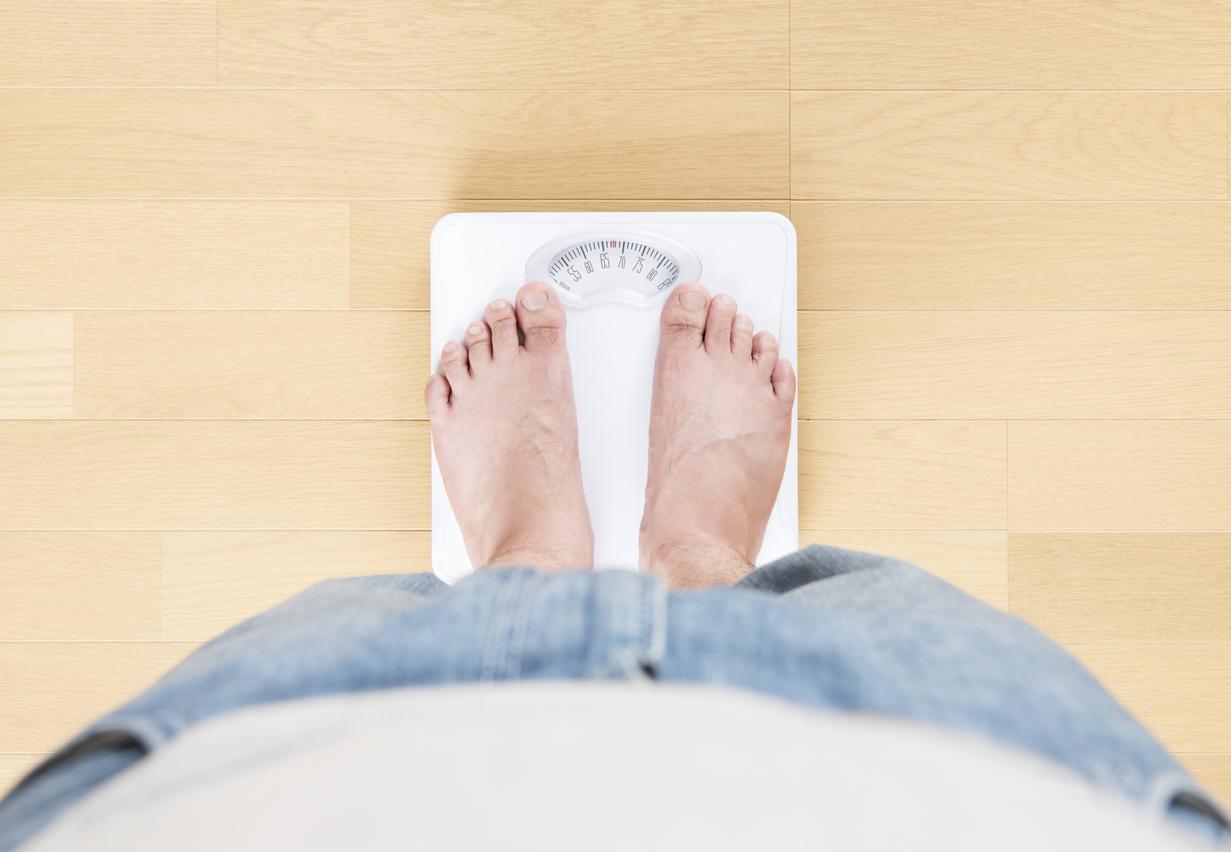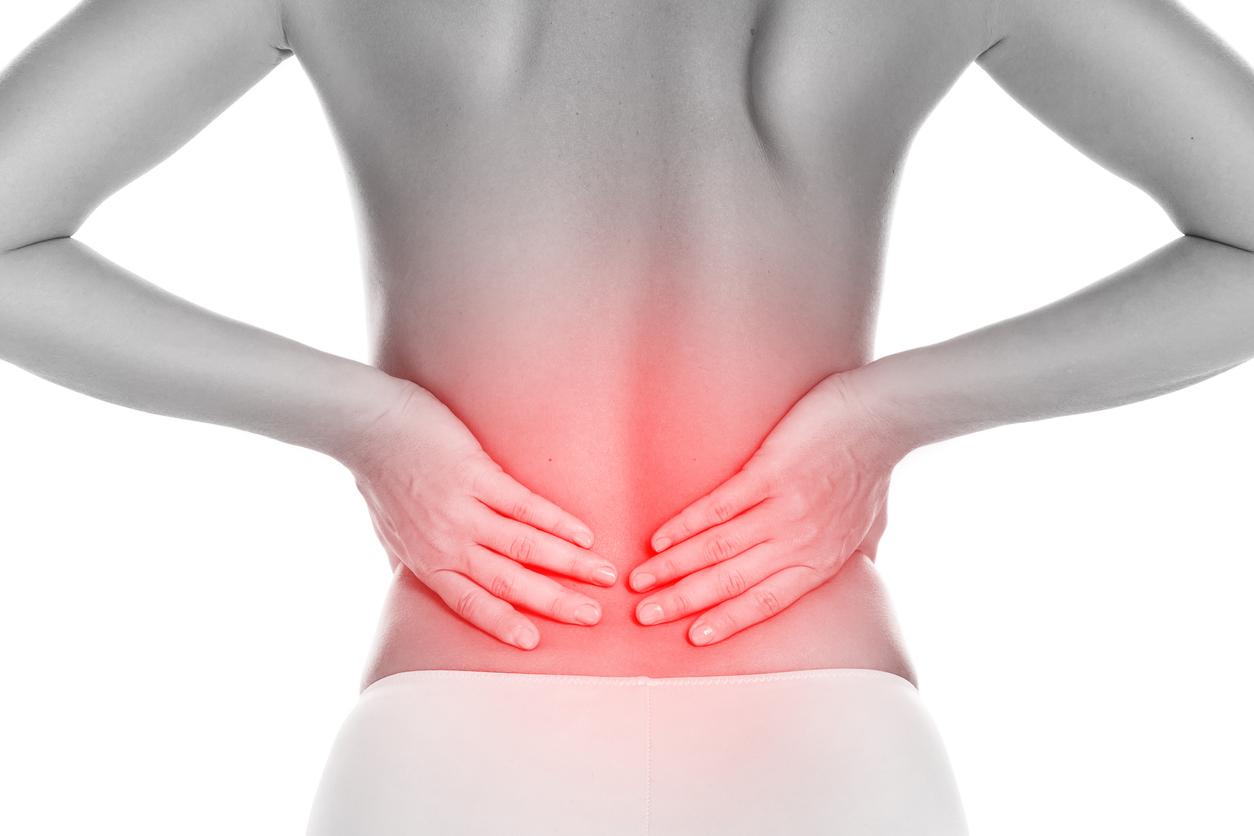Australian researchers have observed the appearance of a bony growth at the bottom of the skull of young adults. In question according to them: the addiction to the mobile phone and the way in which we consult it.

Can our use of new technologies modify the human skeleton? This is the surprising hypothesis developed by researchers at the University of the Sunshine Coast, in Queensland, Australia.
In an article published in the journal Scientific Reports, they claim to have discovered in 4 out of 10 young people the presence of a bony “horn” at the back of the skull. According to them, this growth is caused by the inclination of the head when consulting his phone or tablet. The weight of the head is shifted from the spine to the muscles at the back of the head, driving the connecting tendons and ligaments. It is this weight transfer that causes bone buildup and which “can be compared to the way the skin thickens into calluses in response to pressure or abrasion”, describes the washington post in a detailed article.
41% of young people concerned
To arrive at this surprising discovery, the researchers examined thousands of X-rays of the necks of young adults taken in Queensland. The images revealed these bony protrusions on the back of the head. Called enthesophytes, they are not uncommon, as previously thought, but clearly seen on X-rays of many young people, including those with no symptoms of neck strain.
In a first article published in 2016 in the Journal of Anatomy, the two researchers had already gathered a sample of 218 x-rays of subjects aged 18 to 30, which suggested that this bony growth was present in 41% of young people, mostly men. According to them, this “horn” is a sign of our changing body posture, brought about by the use of modern technology, with smartphones forcing users to lean forward to understand what is happening on their screen.
Poor posture dangerous to health
For Mark Sayers, associate professor of biomechanics at the Sunshine Coast and co-author of the study, the danger does not come from the “horn” itself. His training, on the other hand, is “a harbinger of something nefarious happening elsewhere, a sign that the head and neck are not in a proper configuration,” he explained to the washington post. And his colleague David Shahar, a chiropractor who also authored the study, added that this bone formation is “the sign of a serious deformity of the posture”, which can cause “chronic headaches and pain in upper back and neck”.














